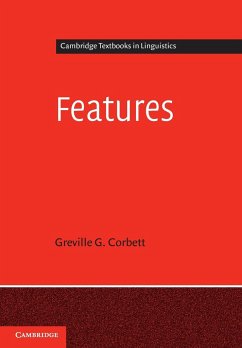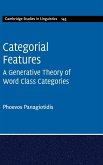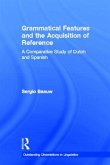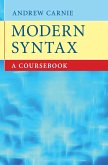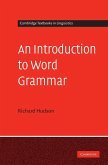Features are a central concept in linguistic analysis. They are the basic building blocks of linguistic units, such as words. For many linguists they offer the most revealing way to explore the nature of language. Familiar features are Number (singular, plural, dual, ...), Person (1st, 2nd, 3rd) and Tense (present, past, ...). Features have a major role in contemporary linguistics, from the most abstract theorizing to the most applied computational applications, yet little is firmly established about their status. They are used, but are little discussed and poorly understood. In this unique work, Corbett brings together two lines of research: how features vary between languages and how they work. As a result, the book is of great value to the broad range of perspectives of those who are interested in language.
Hinweis: Dieser Artikel kann nur an eine deutsche Lieferadresse ausgeliefert werden.
Hinweis: Dieser Artikel kann nur an eine deutsche Lieferadresse ausgeliefert werden.
'Grev Corbett's latest book, Features, is the capstone in a portal of masterpieces. Like its predecessors on specific topics like gender, number and agreement, it exhibits Corbett's unique blend of typological breadth, clarity and morphosyntactic acumen. But it goes beyond them to show how a properly developed theory of features can help linguists get beyond their current impasse - 'like chemists without a list of the elements, or physicists with no account of particles', as he puts it in his introduction - towards a point where morphosyntactic theory is supple and comprehensive enough to deal rigorously with the full panoply of the world's linguistic diversity. Every linguist will benefit deeply from reading this book from cover to cover.' Nicholas Evans, Australian National University

